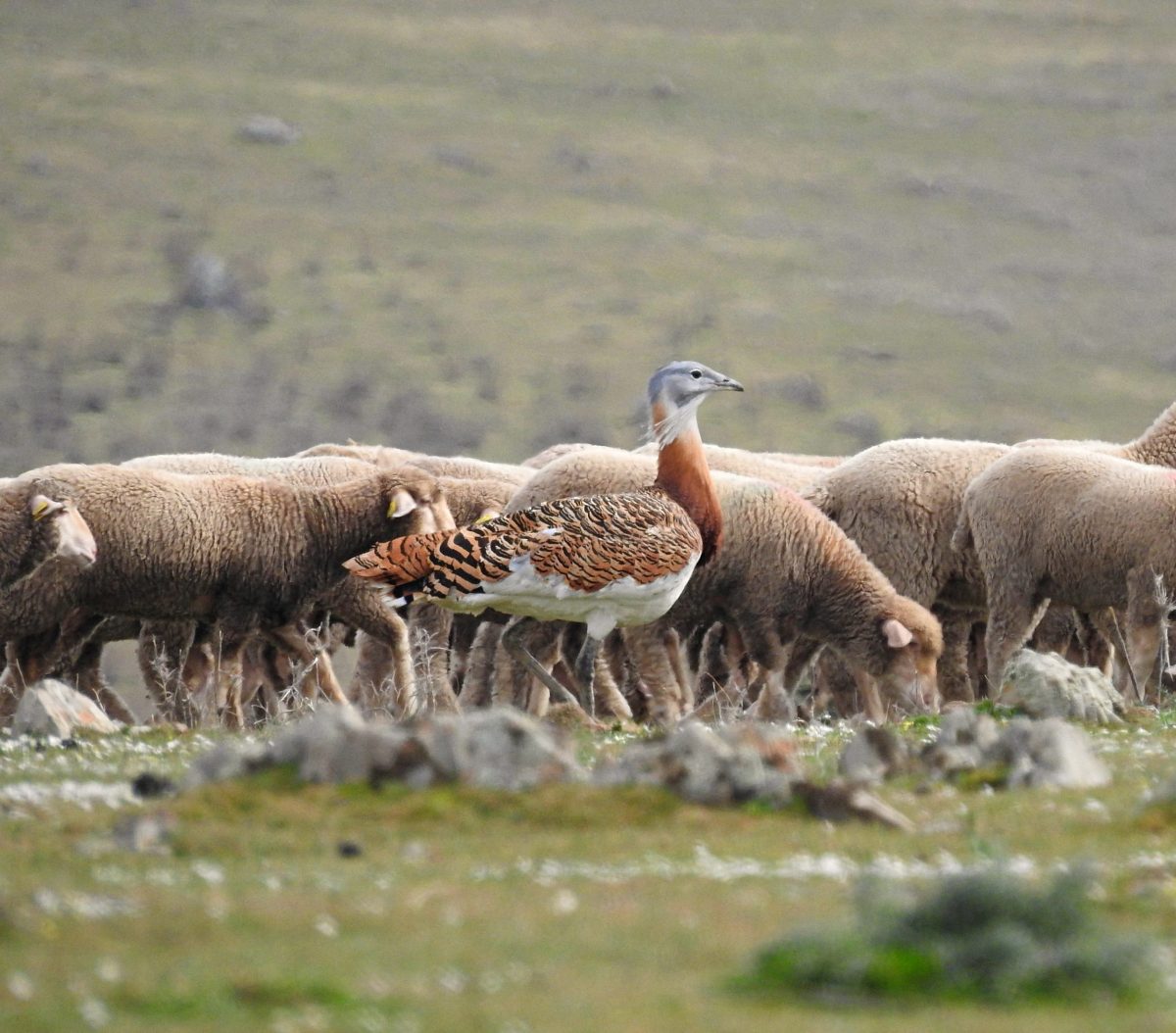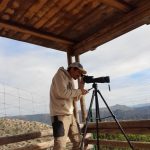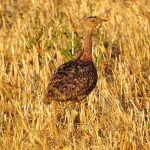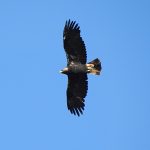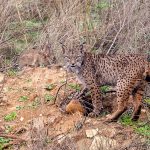Birds of La Serena
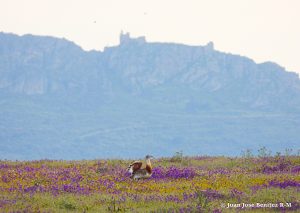
La Serena is one of the largest regions of Extremadura and also one of the most biodiverse. Here we can find very diverse ecosystems: from endless steppes to mid-mountain forests, as well as areas of crops, small dehesas, etc…. This mosaic makes the variety of fauna and specifically birds of La Serena is brutal.

As for steppe birds, probably the largest winter concentrations of little bustard or Pin tailed sandgrouse in Europe are found here. We can also find important densities of Great Bustards, Stone-curlews, Little Owls, Calandra larks… As for birds of prey we are also in a paradise: golden eagles, imperial and Bonelli’s eagles are relatively frequent.Partridges are abundant and free-range rabbit populations are beginning to recover, excellent news for all these birds of prey.
We also find Montagu’s harrier, peregrine falcon, goshawk, black-winged kite… We can see here practically all the birds of prey of the Peninsula at some time of the year. As for waterfowl we can also see interesting concentrations in the seasonal ponds that are formed in winter and a not inconsiderable wintering of cranes.
Steppe birds in La Serena
If there is one thing that makes this region stand out, it is the steppe species. As we know, most steppe species are in a clear decline. The change in land use, drought, increasingly aggressive agricultural practices … make it increasingly difficult to find areas with good densities of these birds. We could talk here about practically all species of steppe birds, but for this there is already a specific post that you can access by clicking on the link.

I am going to start with the little bustard, a real jewel that is becoming more and more difficult to see. In La Serena we can find concentrations of several hundred specimens in winter, which is really incredible. Of course it is also an excellent breeding area, so do not hesitate in contact if you want to book a trip. The terrain is immense, apparently all areas may seem the same but in reality they are not.
The Pin-tailed Sandgrouse is another of the most endangered species of steppe birds in La Serena. It also presents here very important concentrations that we can observe throughout the year. As in the case of the Little Bustard, it is not an easy bird to see and we have to be very attentive. Many times we can hear them before we see them, so stay tuned to listen.
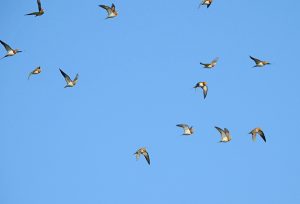
Finally we can highlight an important population of great bustard and stone curlew, small steppe birds such as the larks and the presence of the European roller. The best time to see Great Bustards is the breeding season, because during the winter a part of the population makes small micro-migrations to other areas. We can locate the stone-curlews without problems throughout the year.
Birds of prey in La Serena
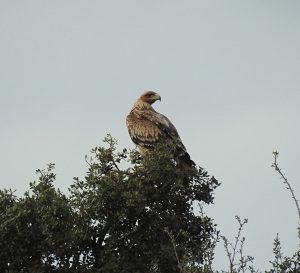
Here and although it is not one of the most emblematic birds of prey of our country, I would like to start with the Montagu’s harrier. It is one of the most endangered birds of prey, as it almost always nests in crops. Currently the harvest is done before they have brought out their chicks, so the reproductive success is really low. Associations such as Anser la Serena do an excellent job in the breeding season locating nests and protecting them together with the collaboration of farmers. Thanks to these actions we can also find in La Serena one of the best concentrations of these birds in Western Europe.
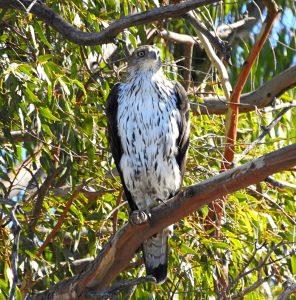
As for large eagles, we should highlight the Spanish imperial eagle, as the region has several breeding pairs. Of course there are also Golden and Bonelli’s eagles, booted and short-toed eagles in summer and the fish eagle in the large reservoirs. We can also see very scarce birds of prey such as the peregrine falcon or the goshawk and in winter if we are lucky we can also see the black-bellied skua. As for nocturnal birds of prey, there is an important density of eagle owls and there is also the presence of short-eared owls. I could mention here practically all the aves rapaces de Extremadura but for this you can also access the information in the corresponding post.
Another birds
As we said above, if this region stands out for anything, it is for the great biodiversity of ornithological fauna. Really extensive municipalities, a low density of human population, a great diversity of ecosystems, a really mild microclimate in winter… If we put all this in a cocktail shaker we get the result: one of the best regions to make Birding in Extremadura.

As for the common crane, we have a not inconsiderable wintering. As for aquatic birds, we have an important wintering of waterfowl and various waders. We can see this aquatic fauna both in the large reservoirs and in seasonal streams and ponds in winter. In summer we can see the elusive Black storks, Purple herons or even the Great bittern on the banks of the river Zújar.
Finally we could highlight a good population density of small predators such as Otters and Genets. In the area of the mountains we can also see large mammals such as deer, fallow deer or wild boar.

